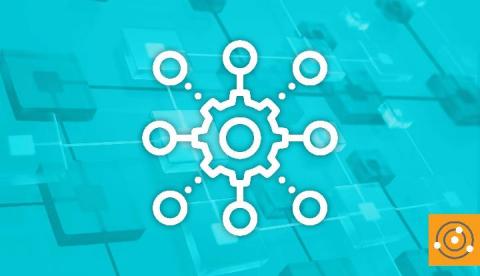A Beautiful ITSM Union: ITIL and DevOps
Since the launch of ITIL 4, incorporating DevOps into service management strategy has been a hot topic. On the surface, both DevOps and ITIL are frameworks that can help facilitate successful operations surrounding IT services. But that doesn’t mean that IT pros need to choose one or the other. Like most great marriages, it’s how these two methodologies complement each other that makes them an ideal pair when it comes to ITSM.









